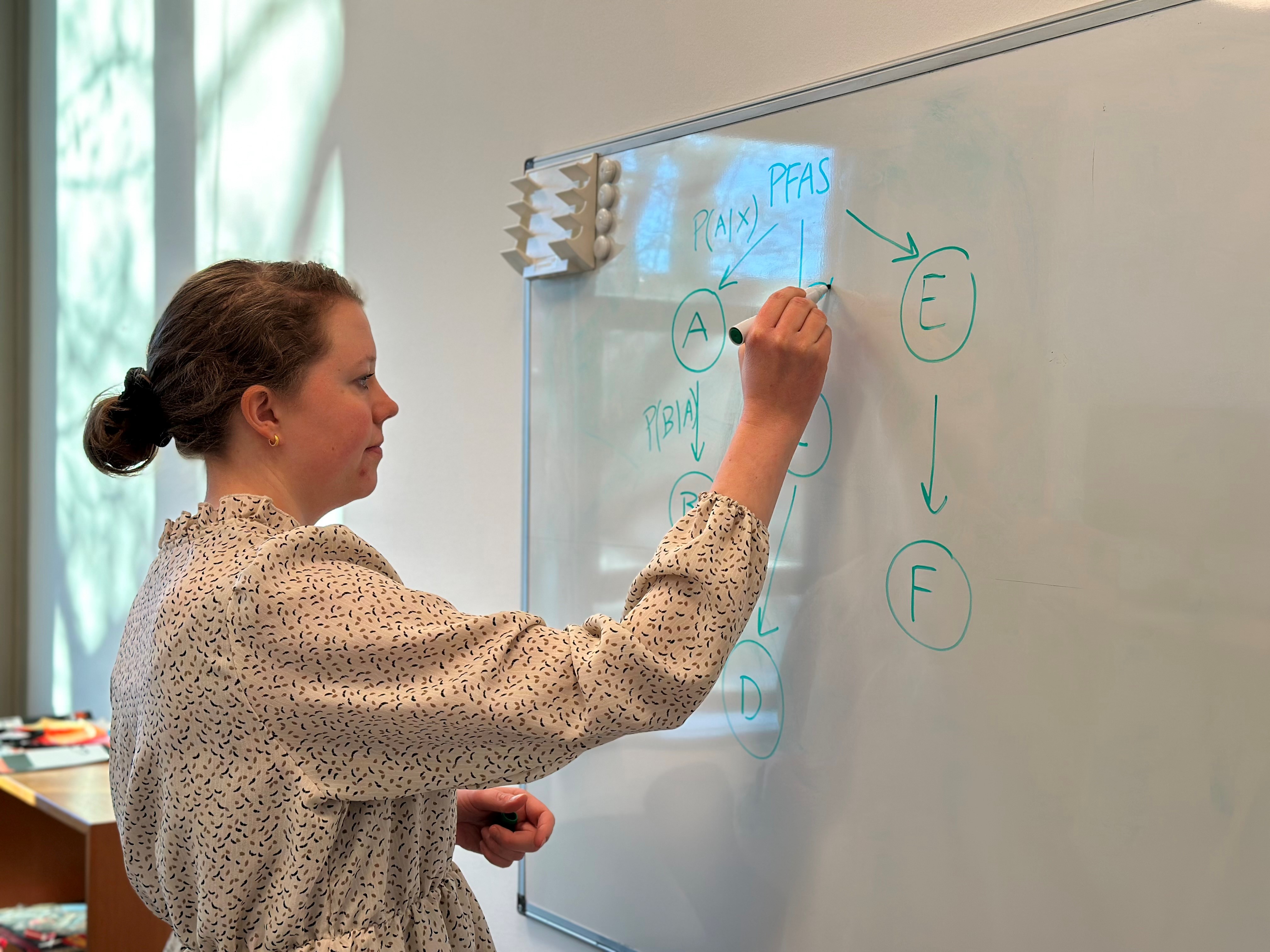Researchers at DTU National Food Institute intend to develop a new framework to assess the public health impacts of environmental chemicals and thereby support policy formulation to reduce chemical exposures. This is the purpose of a new research project, BurdenX.
"We hope to be able to estimate the disease burden for some environmental chemicals for which it has not yet been possible. The focus of the new project is to incorporate new types of data into the calculations. Currently, we are primarily basing our calculations of the disease burden caused by environmental chemicals on epidemiological data, but they are not always sufficient or sensitive enough to establish a link between the chemical and a health outcome," says researcher at DTU National Food Institute and leader of the BurdenX project, Sofie Theresa Thomsen.
The project is aimed at environmental chemicals that have gained increased focus only in recent years. PFAS will be used as a case study, but the researchers hope that the method can also be applied to calculate the disease burden for many other environmental chemicals.
In addition to epidemiological data, the new method aims to include other types of data e.g. from lab experiments and mathematical models.
Disease burden is often expressed in Disability-Adjusted Life Years (DALYs), which is also the expected resulting metric for the new method. DALYs combine data on mortality and morbidity into a single measure and are a measure of the number of healthy years of life lost. The estimated health impacts of environmental chemicals can be compared with and ranked against the health impacts of other risk factors.

